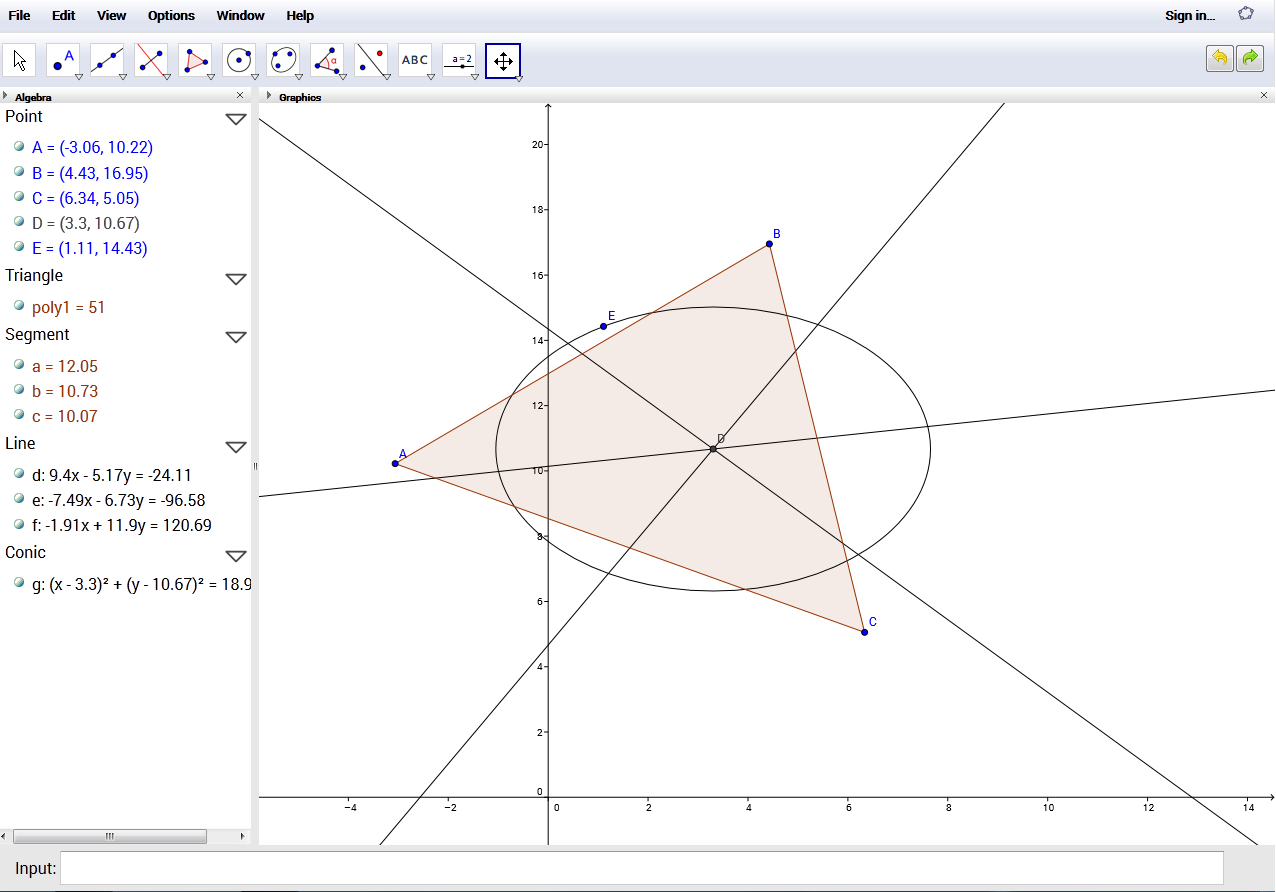By Ramiro Saldaña Acosta
sramiro@itesm.mx
There are several support tools that can be used to teach math. GeoGebra is a free mathematics software that offers the possibility of using geometry and algebra together to solve complex problems, linking both areas of knowledge. It also addresses math problems in a creative, original way that will motivate even the most reluctant students to engage in this subject .
There are versions for PC, Mac and even tablets. In addition, the software includes a pool of educational resources provided by the community of users with a large number of lesson aids, and the possibility of participating in forums by proposing problems and/or providing solutions to problems detected in our daily experience.
All primary, secondary and tertiary education teachers can use this tool, although most of the applications are oriented more toward high school. Student learning is enhanced by being able to connect the algebra, graph and numerical tabulator parts visually. This provides an environment that facilitates the development of more meaningful learning.
In my math class, we designed the slot of a self-tilting container, in which the use of GeoGebra was fundamental. It made it easier for us to understand and define the equations that were subsequently used in a laser cutter to cut the slot in a metal plate.
Moreover, in the “marvelous curves” workshop, we worked on reproducing all types of everyday objects. One of the most illustrative cases was when I asked each team to bring an egg to class and precisely reproduce its profile. The idea was that, on turning it, a three-dimensional graphic of the solid object would be obtained on the computer.
Surprisingly, one of the teams obtained a curve was an almost perfect ellipse, even though the literature tells us that the shape of an egg is not elliptical, but flatter on one side than the other. It was so astonishing that it was hard to believe, but we had to accept the marvels and versatility of nature.
I have also been amazed by the way in which students have incorporated GeoGebra into their own learning tools and been motivated to use it in a variety of contexts that I had never imagined possible. One student used it to represent the Taylor series, another to graph a sequence of complex numbers, and yet another in the physics class to manage vectors in two and three dimensions, thus serving as didactic material for the teachers and helping students to understand the topic better. This proactivity is one of the greatest achievements obtained as an added value from the use of this software.
I can wholeheartedly recommend GeoGebra to teachers and would like to invite them all to incorporate it into their classes. I’m sure they will find it very helpful.
About the author
Ramiro Saldaña Acosta is a Math teacher. He collaborates in the area of Basic Sciences and Engineering of Tecnológico de Monterrey, Campus Laguna.
This article from Observatory of the Institute for the Future of Education may be shared under the terms of the license CC BY-NC-SA 4.0 
)
)



)